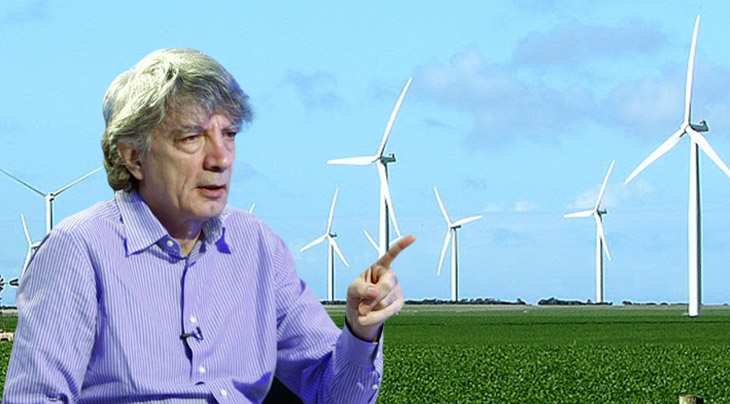Legislative uncertainties and operational fences, with a negative impact on the cash flow and profitability of wind energy business, are two of the factors underlying the decrease of foreign direct investment in 2014 over the previous year, said Ionel David, leader of Romanian Wind Energy Association (RWEA). The businesses from the sector, strongly felt the lack of support of the authorities, who make decisions contrary to the logic of the economic development, although a minimal attention regarding the energy mix preservation and legislative and fiscal stability may impose Romania as the ideal to be followed in Central Europe, results from Ionel David’s statements.
How would you describe the legislative and energy context in which the wind energy industry in Romania operates ?
We are constantly dealing with the changing of the legislation, avalanches of restrictions are coming, especially regarding the wind energy sector, which accounts for nearly 10% of the electricity consumption of Romania, becoming the wicked witch of the national power system. But the nearly 3,000 MW installed in wind turbines in Romania meant a contribution of 4.6 billion euros invested in new technologies from the private sector, in a moment, in which the whole energy system in Romania urgently needs improvements. Except the Cernavoda nuclear power plant and Petrom’s Brazi plant, Romania’s energy has in general the technology of the years 1970-1980, with all the partial upgrades made in the meantime.
Instead of focusing on finding solutions to improve a bigger part of the production of electricity in Romania, the action is directed towards bringing the wind energy at the same poor financial results that other producers have. There were all sorts of measures taken, from the prohibition of direct bilateral contracts, something that is not much found in Europe, reducing the share of renewable energy which benefits from support scheme, to the detailers that hinder the daily operations, such as, starting from 2013, the refusal of green certificates for electricity delivered over the quantities notified to Transelectrica.
Changes in the business operations with renewable energy were many and sudden. What protection options do investors have at hand ?
It has not reached the courts yet, although many companies are thinking about a strategy for sueing the Romanian state to the Court of International Arbitration in Washington. There are natural steps when you get an injustice. Initially the dialogue between the parties has been extensively used. When dialogue does not offer satisfaction, there are ways to adapt to the circumstances such as spending cuts. When even that no longer pays off, you only have to resort to the courts. It’s been over a year and a half since the renewable energy sector, in general, the wind energy in particular, suffered a short circuit.
What are the prospects for the wind sector this year and for the next years to come ? Is the government orientation linked to the European policies on this matter ?
We reached to 2,952 MW installed in wind turbines in Romania, but what was installed in 2014, was a result of organizational inertia, from projects started some time ago. Unlike the solar energy sector, a renewable energy project may take three to four years (sometimes even more) until it begins to produce. Further, there are some projects that should be ready this year, with a cumulative capacity of production of 100 MW. They belong, in general, to companies that are already present in Romania, only one project belongs to a company newly entered. The great problem is related to funding. Very few companies make projects from itheir own resources, the bank loan is

